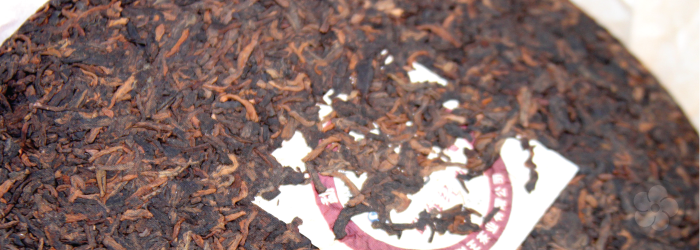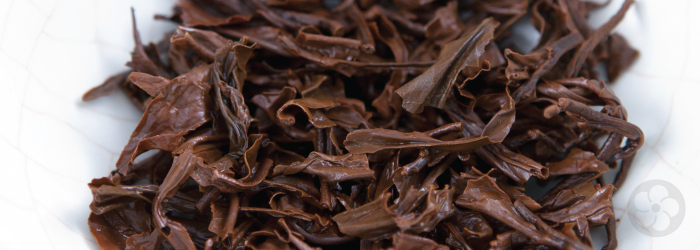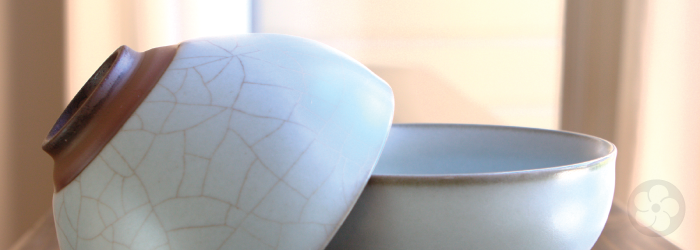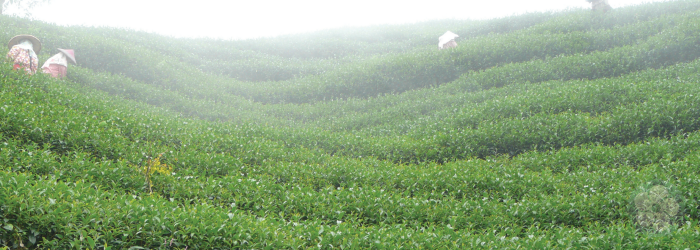Types of Black Tea: Terroir in China
As drinkers of wine and coffee may already know, the terroir (or provenance) of any given crop has a major impact on flavor. Borrowed from the world of wine, terroir is a French word, which primarily describes the environmental factors of a region. The components of the soil, the altitude, temperature, and levels of precipitation in the growing region can all influence the flavor of the finished product, whether that is wine grapes, coffee beans, or tea leaves.
Terroir also encompasses regionally-specific growing methods, such as traditional harvest dates or standards of plucking and pruning. In the context of black tea, which is now grown on almost every continent, these variables cover considerable range, and produce a huge variety of unique styles. While worldwide production falls outside the scope of our expertise here at Red Blossom, China’s vast borders include several distinct regions that produce unique black tea styles, and offer a snapshot of the ways in which terroir can influence black tea flavor.
Continue reading










